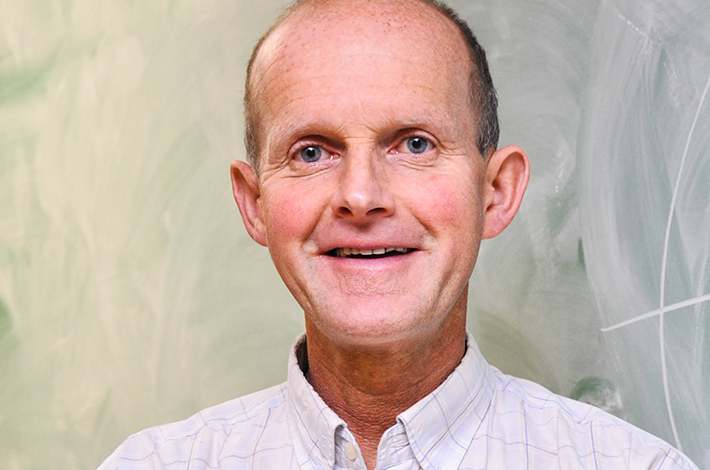A new program at the George Washington University will offer science, technology, engineering and mathematics majors the opportunity to receive teacher training and scholarships for agreeing to teach in high-need school districts across the country after graduation from GW.
The new initiative is made possible by a grant through the National Science Foundation and the Robert Noyce Teacher Scholarship Program. The five-year, $1.5 million grant will begin at the start of the 2017-18 academic year and is expected to assist more than 25 students total with $20,000 per year toward the cost of tuition and teacher training in their junior and senior years.
Once students complete the GWNoyce program, they will be prepared to apply for licensure with the D.C. public school system, which would make them eligible to teach in 48 states.
“Producing high-caliber secondary math and science teachers for high-need schools is essential to support our nation's increasingly STEM-driven economy,” said Larry Medsker, research professor of physics and director of GWNoyce. “This work on behalf of our high-need communities aligns well with the GW mission statement goal of improving the quality of life in D.C.”
Dr. Medsker said the program will be particularly strong because it will recruit students who are already studying STEM-based fields and offer them courses, workshops, seminars and service projects to prepare them to be teachers in high-need schools.
It also will offer preparatory stipends and projects for freshmen and sophomores who are interested in applying to the program, in conjunction with activities offered by the Honey W. Nashman Center for Civic Engagement and Public Service, GWTeach, a separate GW undergraduate program that prepares STEM majors to become teachers, and a new partnership between GWTeach and the Smithsonian Science Education Center.
Because of these additional offerings, the program is expected to reach more than 500 GW students by 2022.
High-need schools are defined as having at least one of the following characterizations: high percentage of individuals from families with incomes below the poverty line; high percentage of secondary school teachers not teaching in the content area in which they were trained to teach; or high teacher turnover rate. These school districts can be found in urban, suburban and rural settings.
“The GWNoyce program will enable our students to more easily transition into STEM teaching in high-need schools, a cause that is critical to meeting the needs of colleges, graduate schools and ultimately our nation’s STEM workforce,” said Ben Vinson, dean of the GW Columbian College of Arts and Sciences where GWNoyce is housed. “The goal of the GWNoyce program is a timely one and aligns with our vision for an engaged liberal arts, one that will bring our education and research to a new level of excellence.”
The GWNoyce program also will create a new relationship with Northern Virginia Community College, Loudoun Campus, allowing students accepted into the program to transfer to GW for the start of the junior year. The scholarship will help ease some of the financial burdens in pursuit of their bachelor’s degrees. The program is expected to create new opportunities for Virginia students interested in studying STEM fields at GW.



